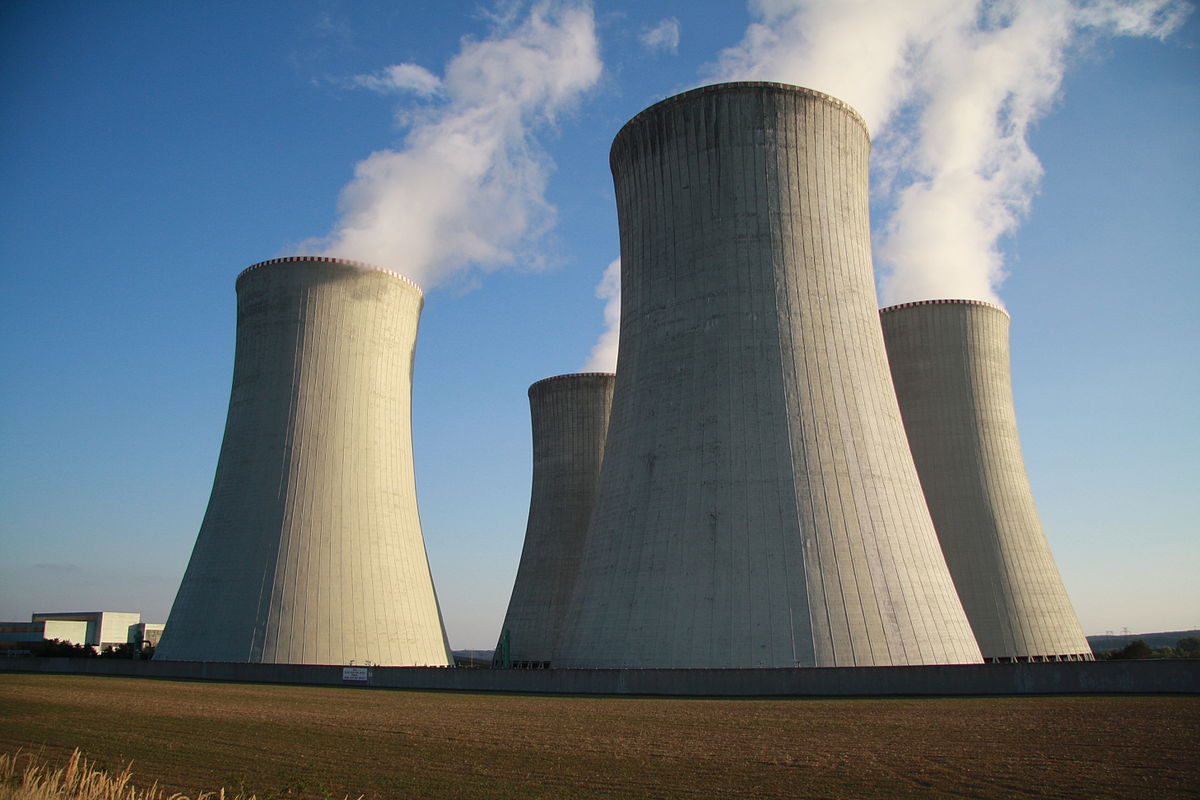At Tezzit, we don’t just challenge yesterday’s theories—we transform them.
Our groundbreaking discoveries in thermodynamics have uncovered critical flaws in traditional physics and introduced solutions that are reshaping industries.
A Leap Forward Understanding
As a proud subsidiary of Unified Energy BV, the IP-holding company behind our groundbreaking innovations, Tezzit thrives on a close partnership that leverages Unified Energy’s proprietary technologies and intellectual property.
Revolutionizing Industries with Breakthrough Thermodynamics
Unified Energy BV’s key patents and intellectual property empower Tezzit to deliver unparalleled solutions that redefine a wide range of technologies. From optimizing heat engines, pumps, and exchangers, our tools enable industries to unlock efficiency and sustainability like never before.
A Leap in Understanding
Traditional thermodynamic theories have left critical gaps in industrial applications. Unified Energy’s discoveries fill these blind spots, providing Tezzit with the foundation to solve inefficiencies and enhance processes across industries such as aerospace, automotive, and electronics.
Unified Vision
Unified Energy BV and Tezzit BV share a vision of transforming industries through sustainable innovation. Unified Energy fosters and develops the IP that powers Tezzit’s groundbreaking solutions, ensuring precision, reliability, and future-ready technologies.
Do you share our goals?
We’d love to hear from you.
Let’s build better technologies together.
©2025 tezzit.com – CC BY 4.0

